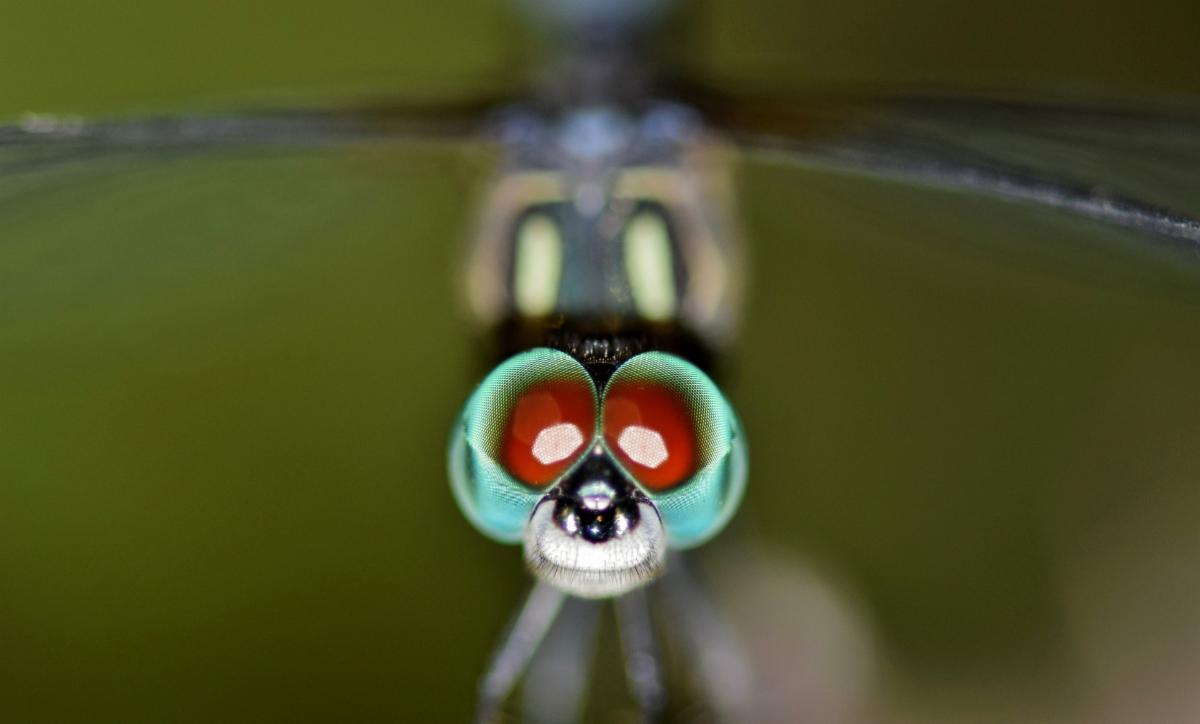Seven large-scale citizen science projects that you can help with right now! Help scientists collect data on our insect friends.
SciStarter Blog
You can call them “insects, spiders and their relatives” or you can call them “bugs” (and incur the wrath of those who point out that the only true bugs are hemipteran insects like stinkbugs and cicadas), but no matter what you call them, they’re fascinating and critically important. Learn how you can help scientists studying them with these buggy citizen science projects!
Caterpillars Count!
Help tally these moth and butterfly babies as they gorge on greenery this fall, gaining the strength to spin their cocoons and chrysalides! Your data will help scientists understand how the abundance of these bugs varies from rural countrysides to major urban areas, and from coast to coast.
Location: United States
Never Home Alone
You’ll never feel lonely again after joining Never Home Alone, the project that lets you meet your many six, eight, multi and no-legged housemates, who are now snuggling in your bed, scampering under your rug and nestling happily in your eyebrows.
Location: Global
QuestaGame
Submit sightings of insects, spiders and other flora and fauna while having fun playing a game! Join and create quests, earn gold, join clans/teams, compete against other players, identify sightings, gain levels, build your collection, move up the leaderboard, all while helping to document and protect your local biodiversity.
Location: Global
Cicada Safari
Mathematically-inclined periodical cicadas spend either 13 or 17 years of their lives alone underground nibbling on roots, before emerging to meet and mate en masse—thereby overwhelming their predators. Help researchers learn more about them and their annually emerging cousins with Cicada Safari, a phone app that lets you collect and share data on cicada sightings.
Location: Global
Journey North
The migration patterns of monarch butterflies, the emergence patterns of other insects and the distribution of their food sources is a big part of the project Journey North, which explores wildlife migration and seasonal changes in North America. Sign up for this important, large-scale, multi-year study!
Location: North America
Help Our Pollinators!
While Spring is the season we consider prime time for flowers, many flowers wait until Fall, when insects and other pollinators are especially desperate for nectar and pollen. It’s a great time of year to find species you didn’t see in the earlier months, and a perfect time to try these pollinator-themed projects.
Location: Global
Bugs in Our Backyard
Conduct insect surveys to help answer questions, like “How does insect diversity vary over time and in rural and urban areas?” All you need to do is give information about the bugs you see, the host plant you found them on and the location where you spotted them. Who knows what you might discover in your own backyard?
Location: United States
A Canadian Citizen Science Summer
Five Ways to Prepare for SuperbOwl Sunday— Five More Citizen Science Projects
About the Author
Bob Hirshon heads up Springtail Media, specializing in science media and digital entertainment. He is Principle Investigator for the NSF-supported National Park Science Challenge, an augmented reality adventure that takes place in National Parks. Hirshon headed up the Kinetic City family of science projects, including the Peabody Award winning children’s radio drama Kinetic City Super Crew, McGraw-Hill book series and Codie Award winning website and education program. Hirshon can be heard on XM/Sirius Radio’s Kids Place Live as “Bob the Science Slob,” sharing science news and answering children’s questions.




